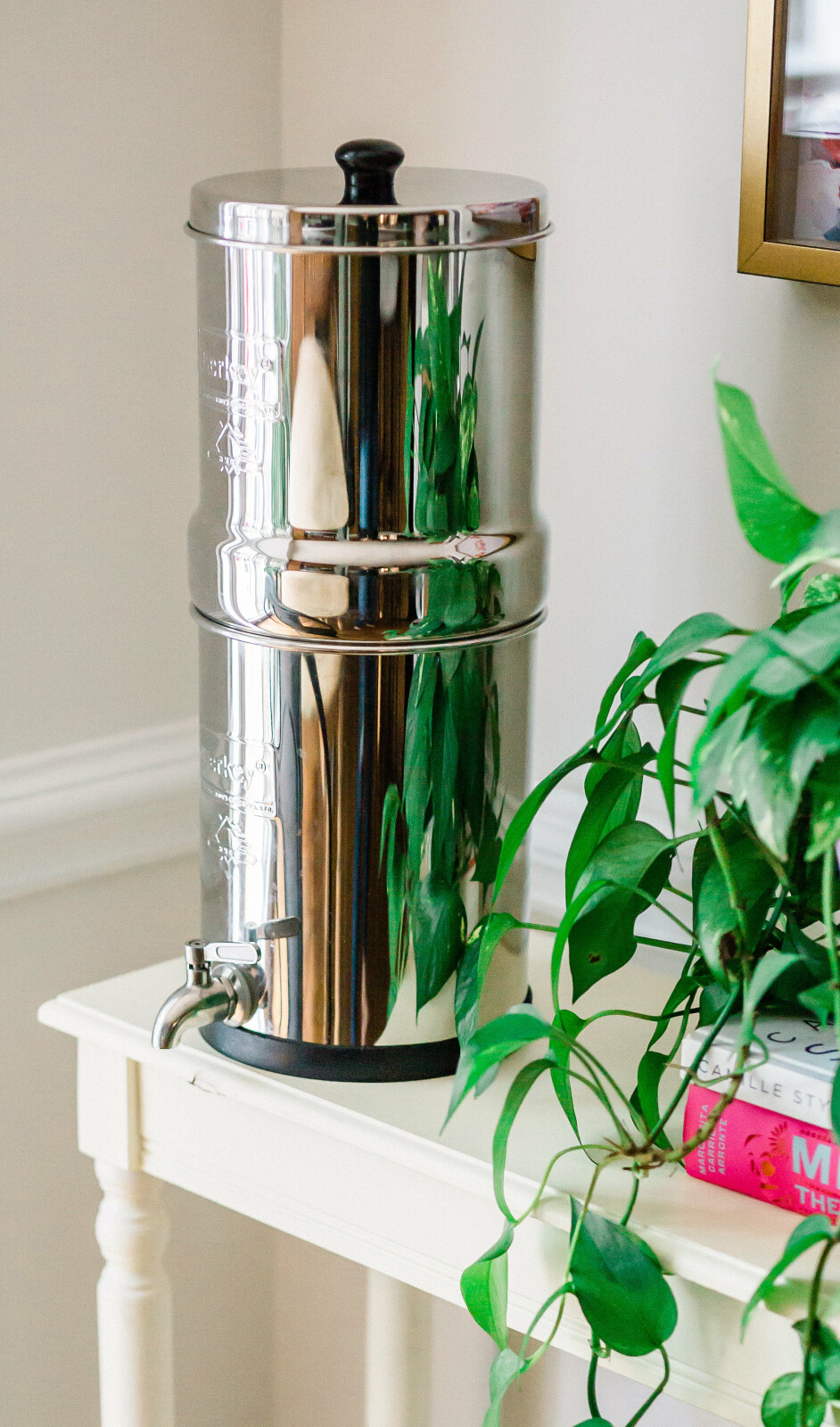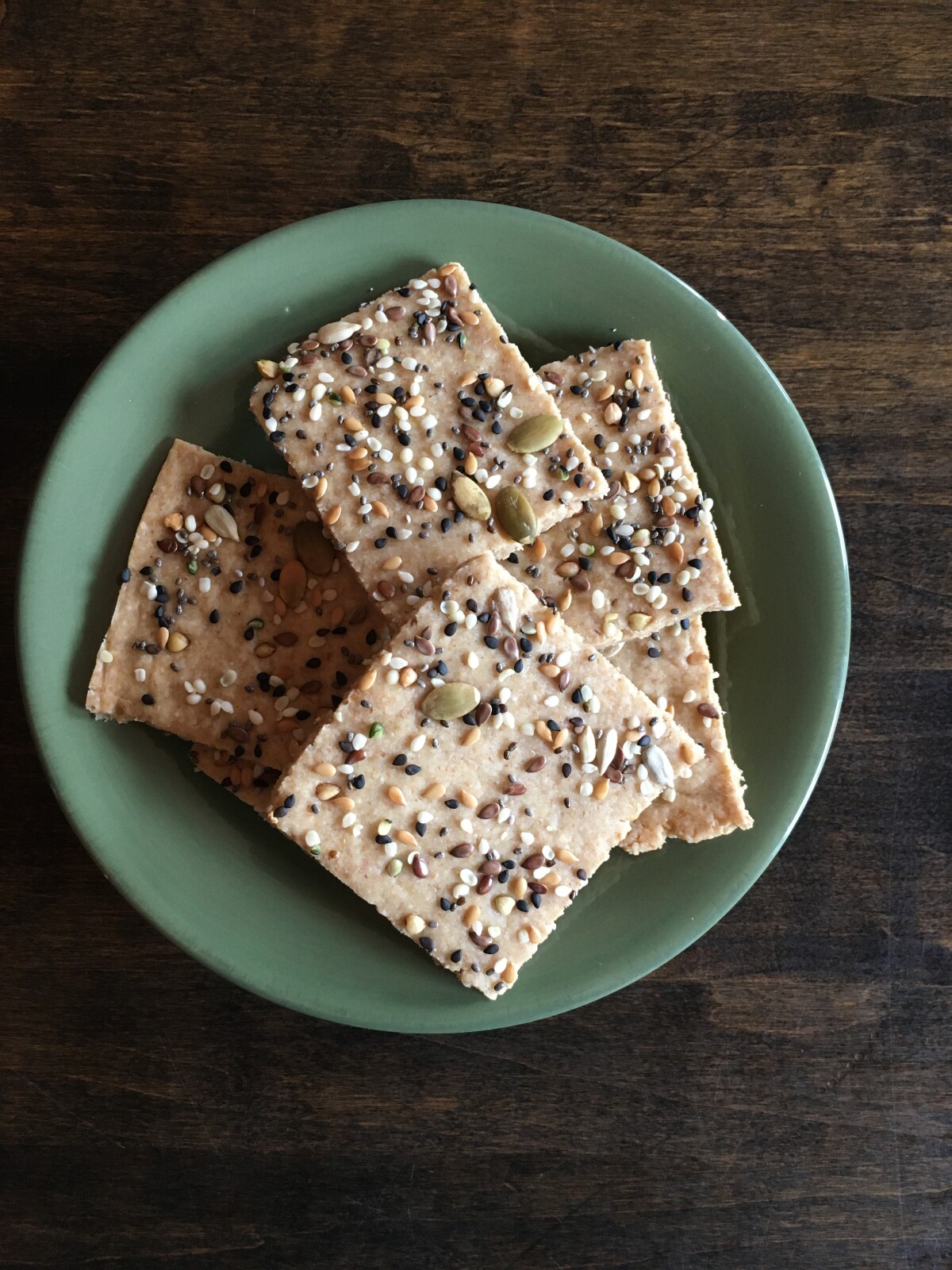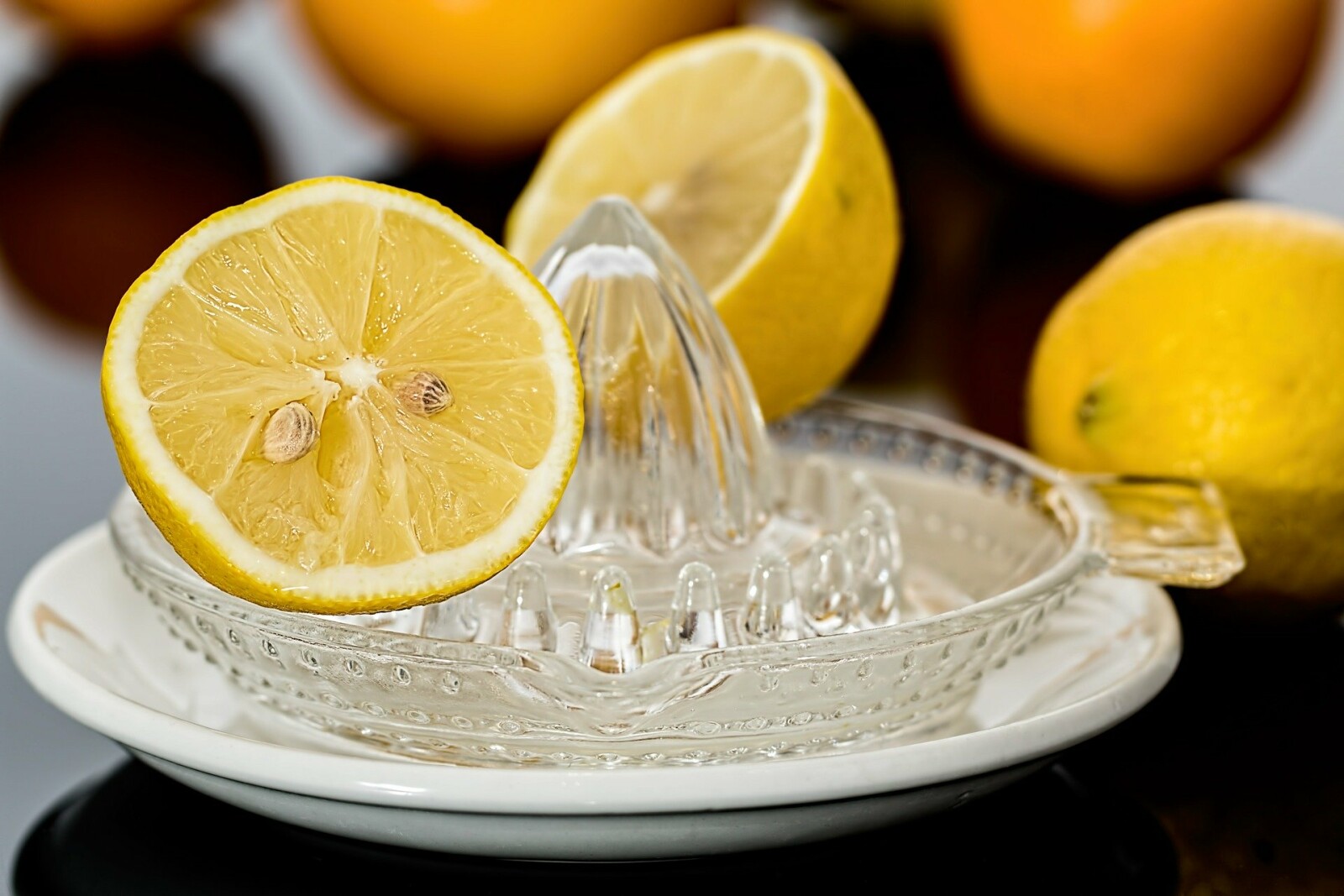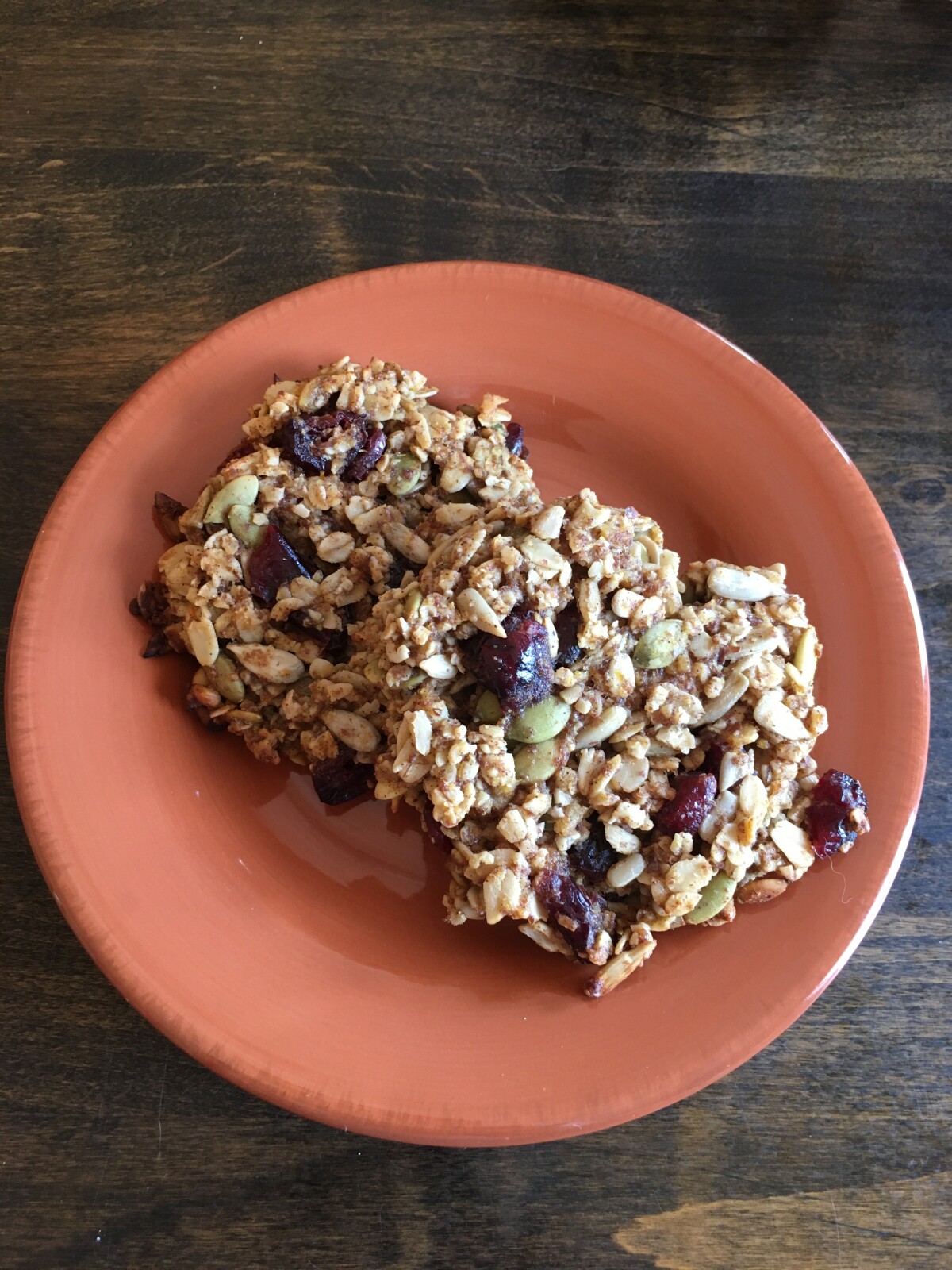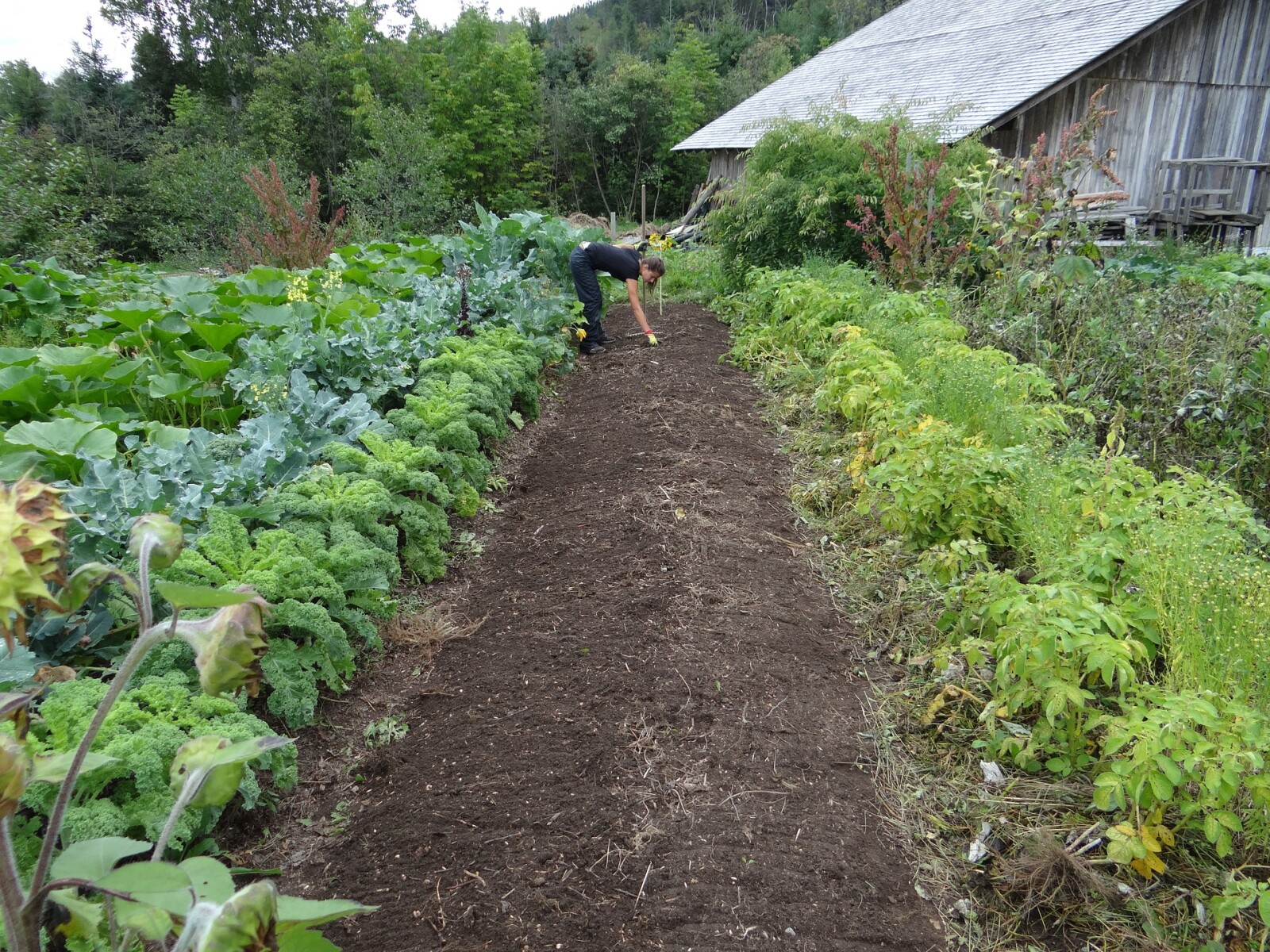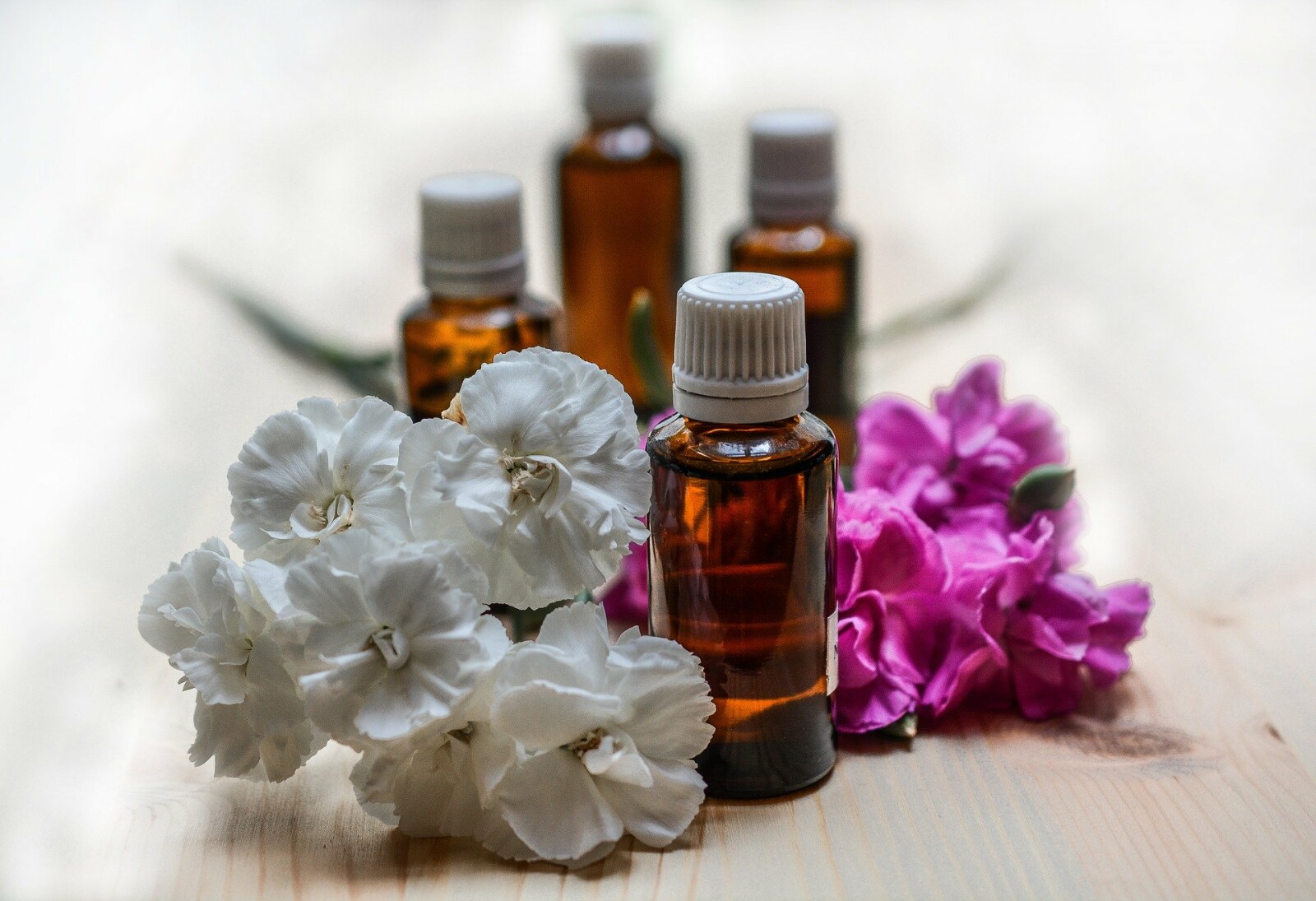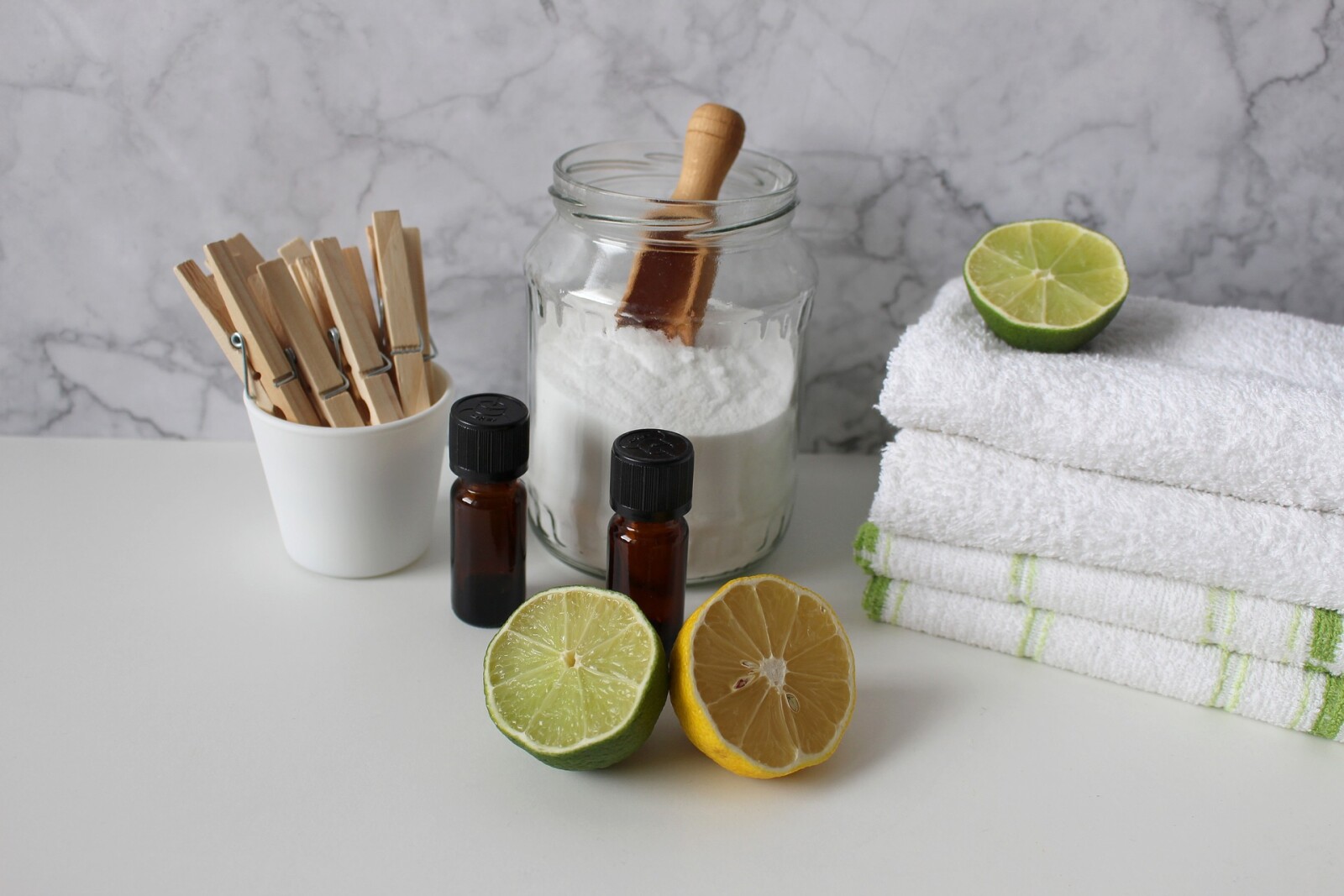
When we do our laundry, it’s because we want clean, fresh smelling clothing, right?
Here’s the thing, many of the products that we’ve grown to trust for cleaning our laundry are actually harmful to our health. This is why it’s so important for us to educate ourselves and find out what toxins we’re regularly exposed to and ways to limit that exposure.
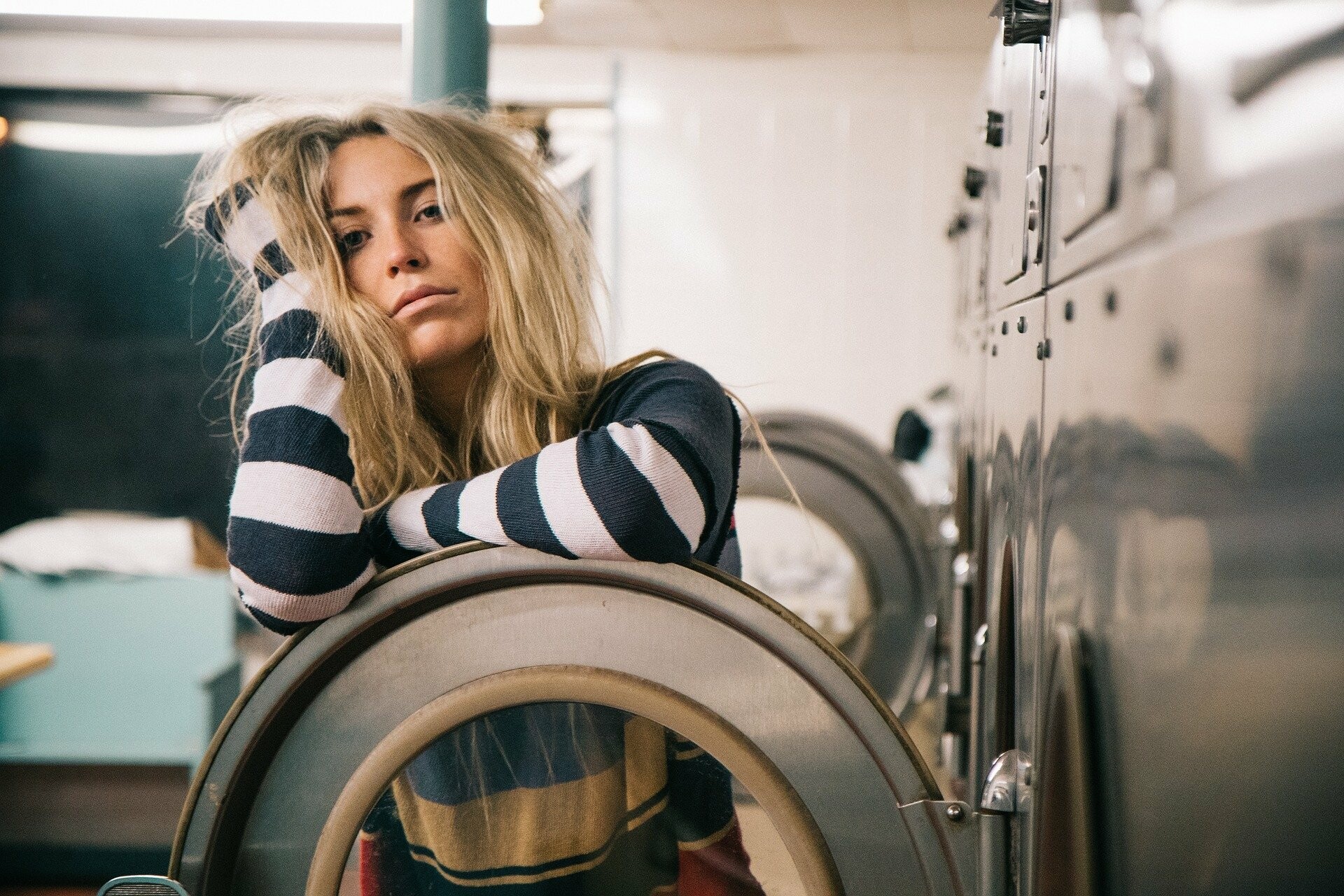
Most people assume the government oversees the multibillion dollar household cleaning products industry, but the reality is that it is largely unregulated. For the most part the EPA simply relies on voluntary testing agreements with major manufacturers. Until the government enacts laws to force companies to disclose their ingredients and test the safety of their ingredients, it’s important for consumers to educate themselves.
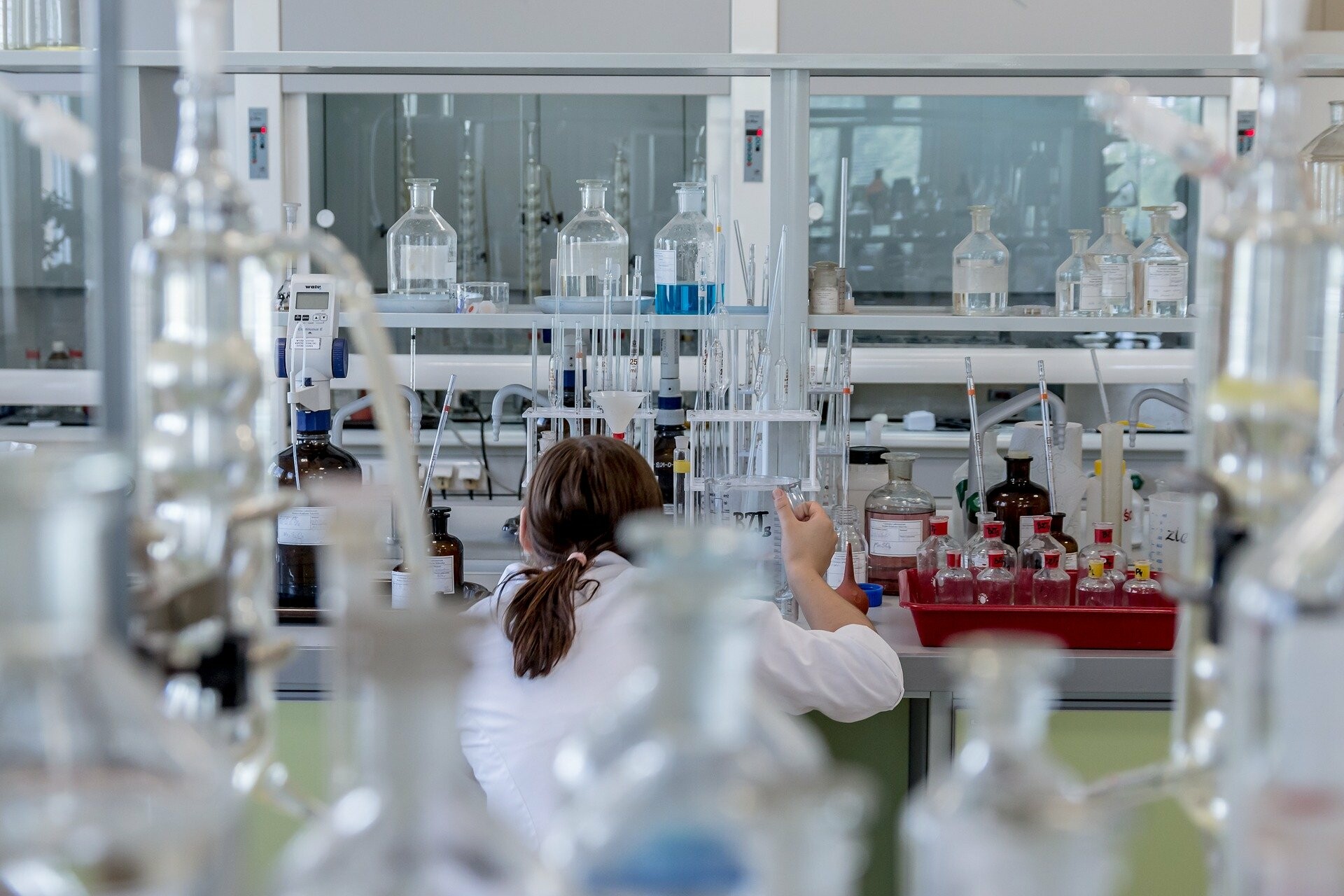
Many people have started to make alternative choices for their families by switching to green and natural products, which I might add, is a good thing! Kudos to them!
The household cleaning industry has caught on to this and responded in full force with product lines that they claim are green and natural.
However, these products are labeled “green” and “natural” for marketing reasons and to charge more but they usually contain the same amount of chemicals as the regular stuff!
This is called green washing - misleading marketing to make products appear healthier.
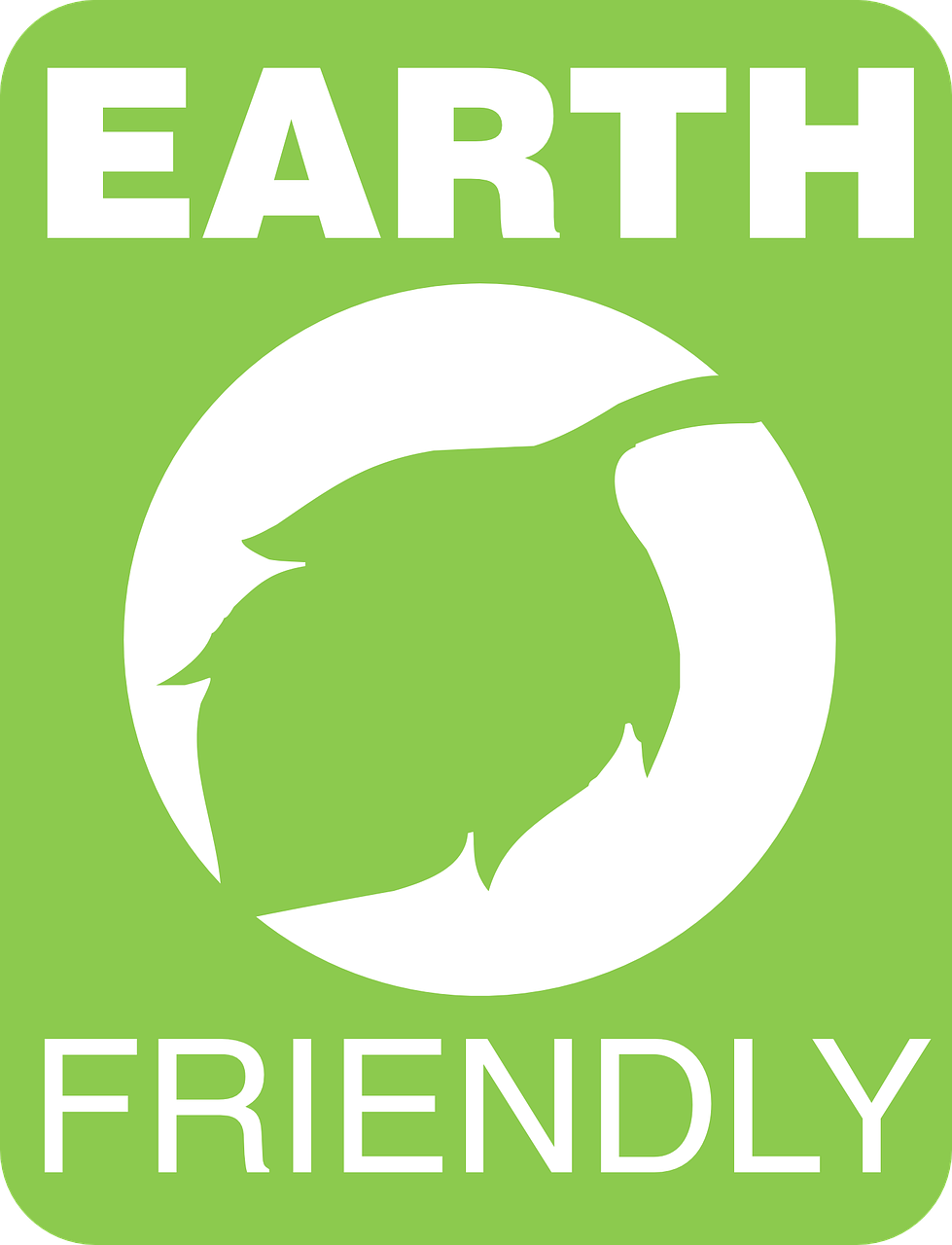

Here are some of the key toxic ingredients to look for. If any of them are listed on the label do your family a favour and leave the bottle in the store.
2-Butoxyethanol
Fragrance
Chlorine
Diethanolamine
Ethyl acetate
Optical Brighteners (also listed as ER, KSN, OB, OB-1 )
Petroleum distillates (also called naphthas)
Quaternium-15
SLS or sodium laurel sulphate
SLES or sodium laureth sulphate
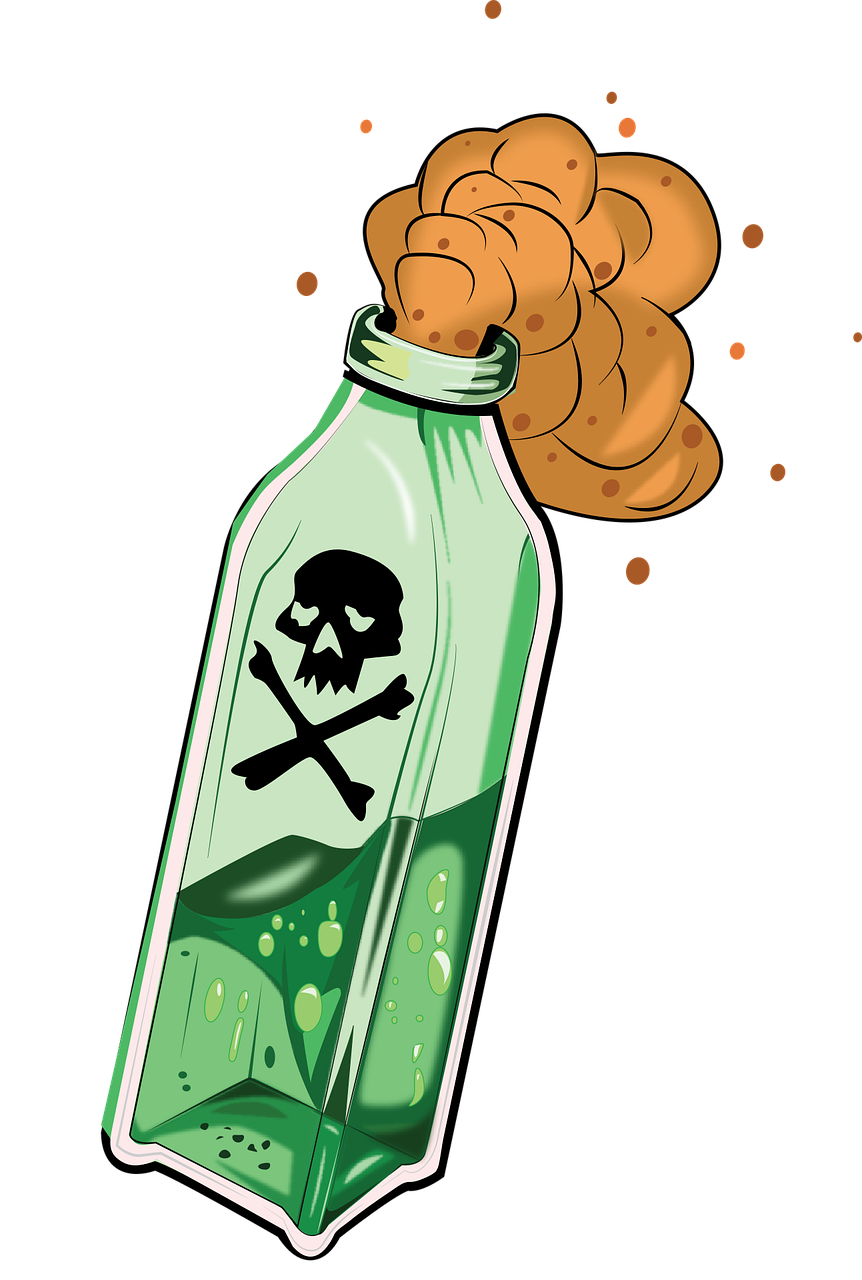
The toxic chemicals contained within laundry products aren’t that bad if you’re just exposed to them once but you have constant exposure when they’re used on your laundry.
The artificial fragrances are chemically designed to linger in your clothing, meaning that your skin and lungs are constantly exposed. These fragrances and the other toxic ingredients build up over time in your system and have been linked to issues like:
- Asthma and other respiratory issues
- Hormone disruption
- Reproductive problems
- Birth defects
- Cancer
- Liver and kidney damage
NO THANKS!!!
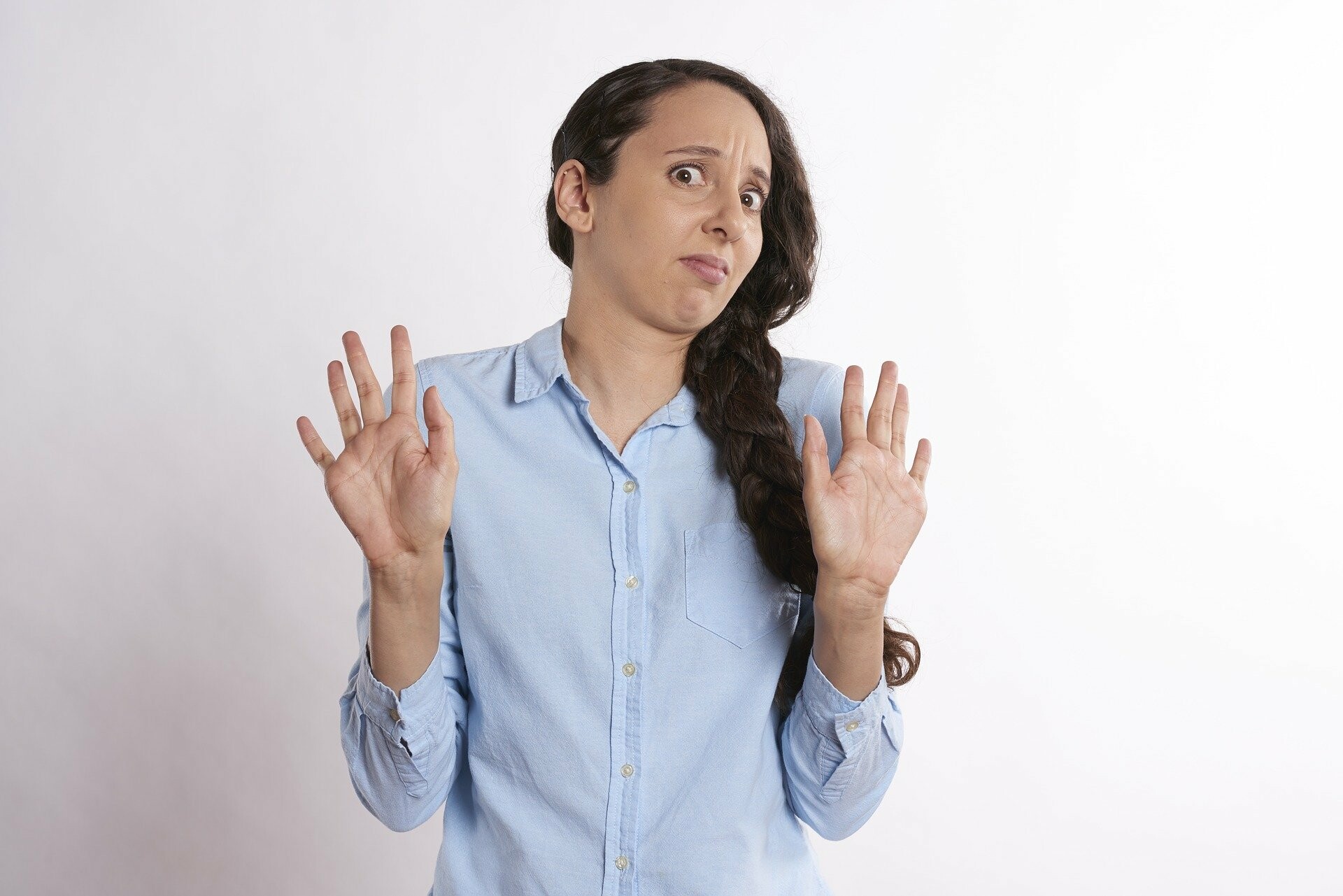
WHAT CAN YOU USE INSTEAD?
There are plenty of DIY recipes online for various laundry soaps and they may work fine, however, if there’s already something available that works, I’m all for using that instead.
What works for me is the Thieves Laundry Soap from Young Living. Y’all, this stuff is highly concentrated and a jug lasts for months at our house. I only use a tablespoon or less per load. It’s plant based, has essential oils that add not only a nice smell, but also have antimicrobial effects. The addition of enzymes in this laundry soap help chew through nasty dirt and grime. Winning!
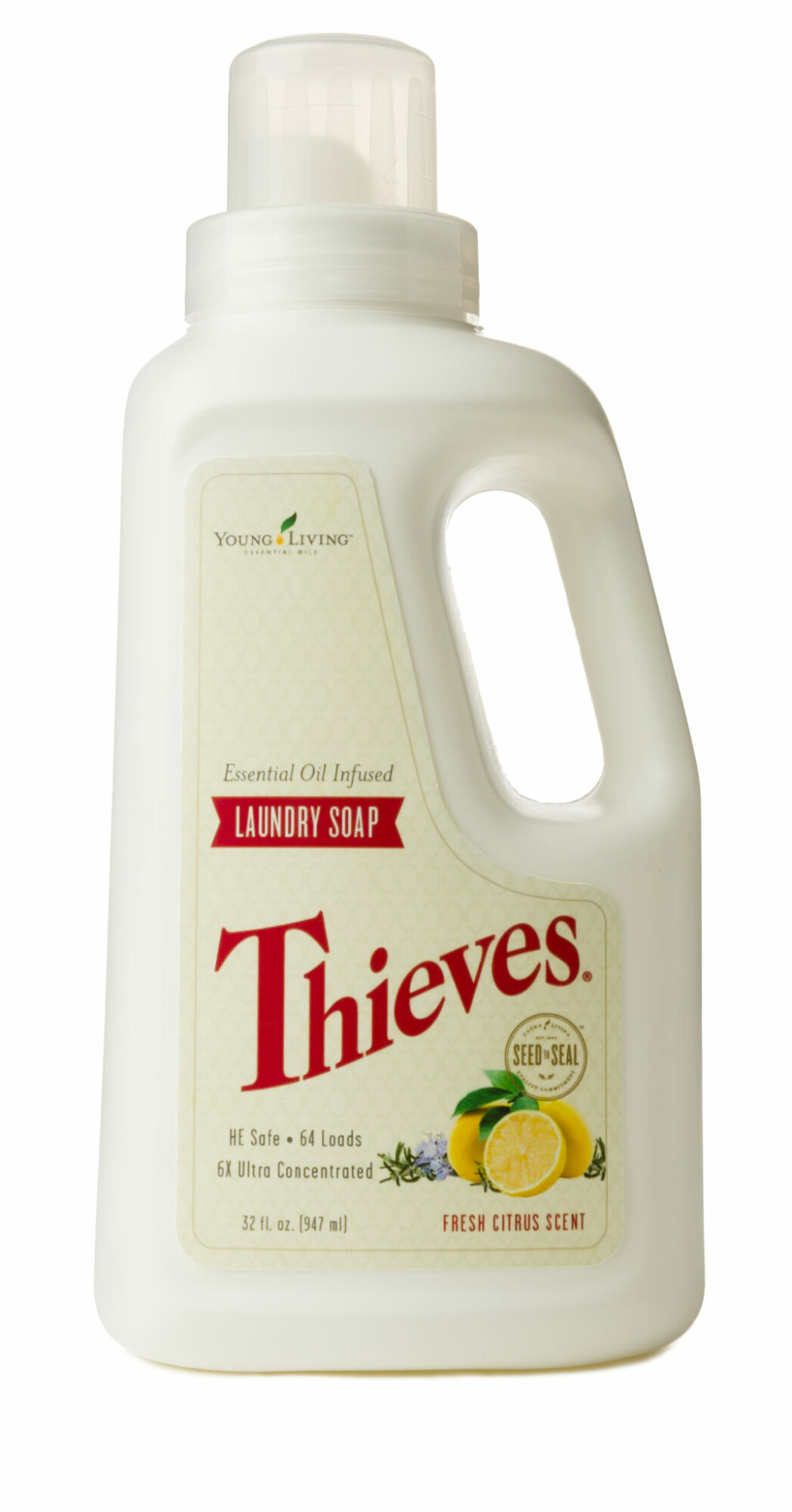
When it comes to fabric softener, for the most part I just use a bunch of wool dryer balls. They actually help the clothes dry quicker and if I remember to add a few drops of essential oils for the last 10 minutes of the dry cycle, the clothes will smell nice!
There are a few things that I like to use an actual liquid fabric softener for, like towels and those few clothing items I have that are made from synthetic fabrics. Some of those synthetics create some nasty static!
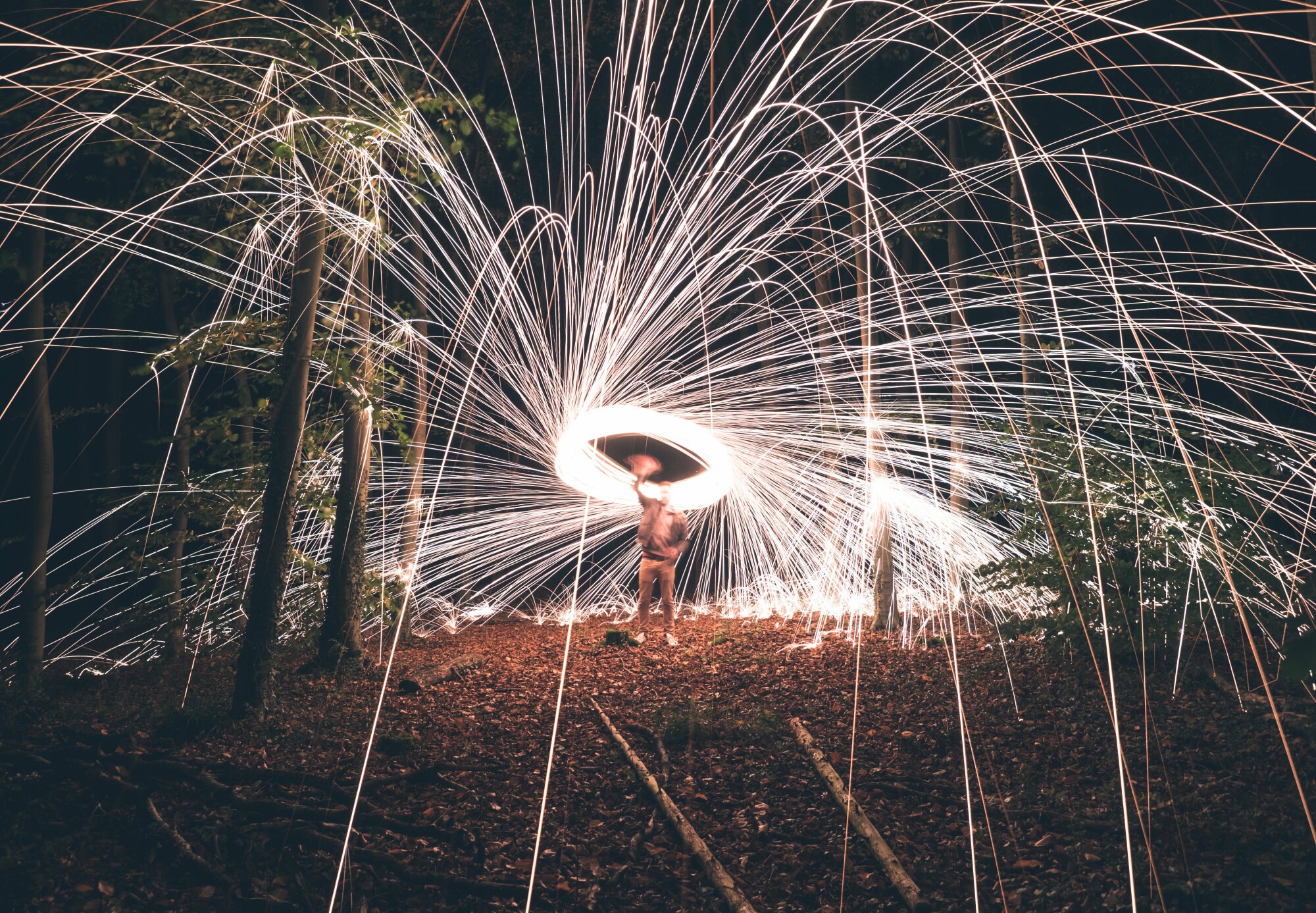
So, I do have an amazing DIY for fabric softener. I’ve tried a few different ones, but this one works better than any of the other ones I’ve tried! This recipe incorporates some of my favourite Young Living products. You may be able to substitute products from other companies, but read your labels and know what you’re putting in first. Switching over to a toxin free home is a bit of work, but it’s so worth it!
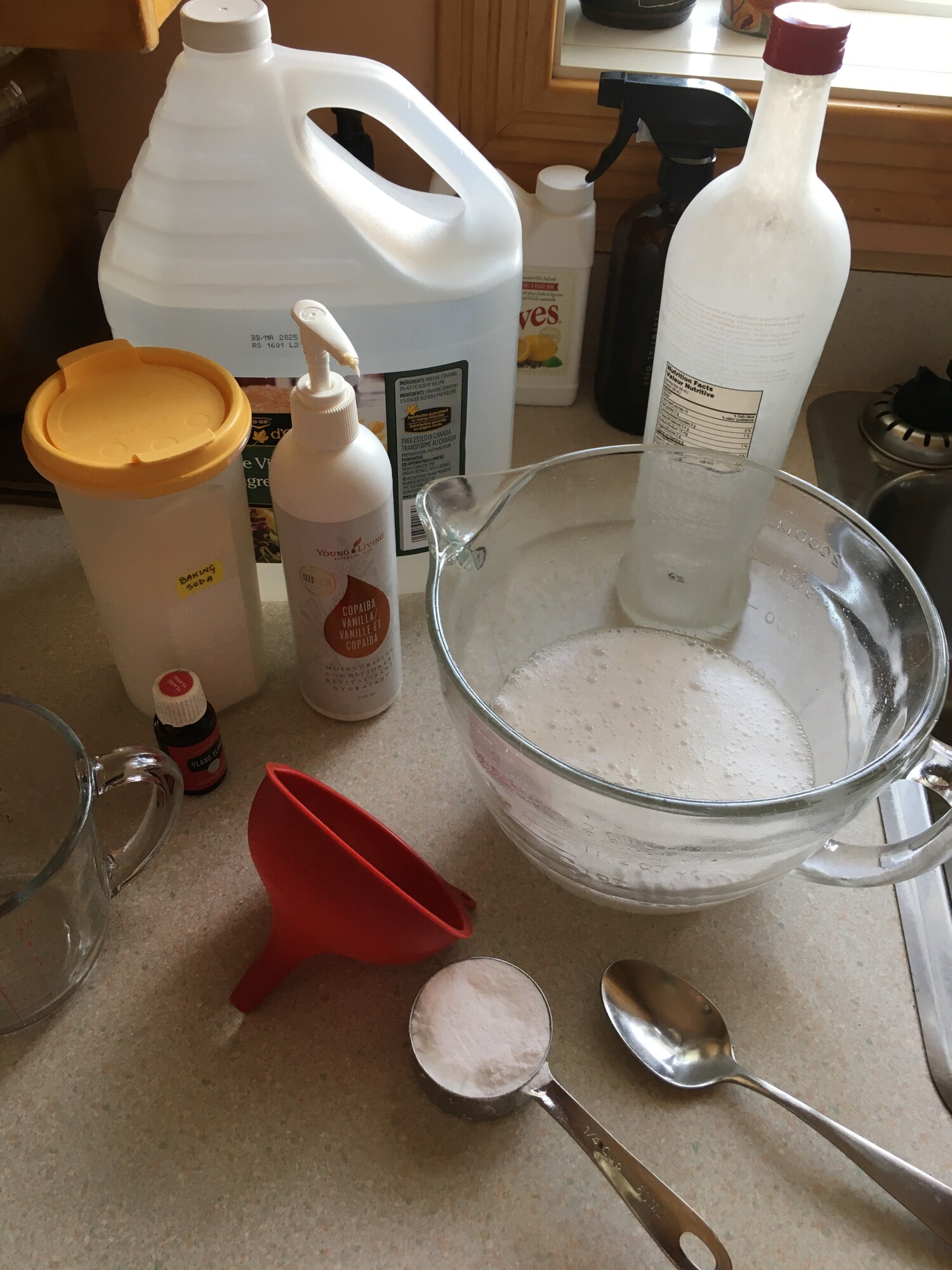
DIY FABRIC SOFTENER
PART 1
20-25 drops of Young Living essential oil of choice
2 cups vinegar
1/4 cup baking soda
Put the vinegar and EO in a large glass or stainless steel bowl,
gradually add the baking soda, it will expand a lot so allow for that when choosing your bowl
PART 2
1 cup boiling water
1 oz Young Living conditioner of choice
Mix together. Once the conditioner is fully blended with the water, add it to part 1. Blend it all together. Once it’s completely blended, pour it into a glass jar for storage. I have used a recycled Ningxia Red bottle for this.
Use about 1/4 cup per load of laundry
Go here to get a printable recipe


